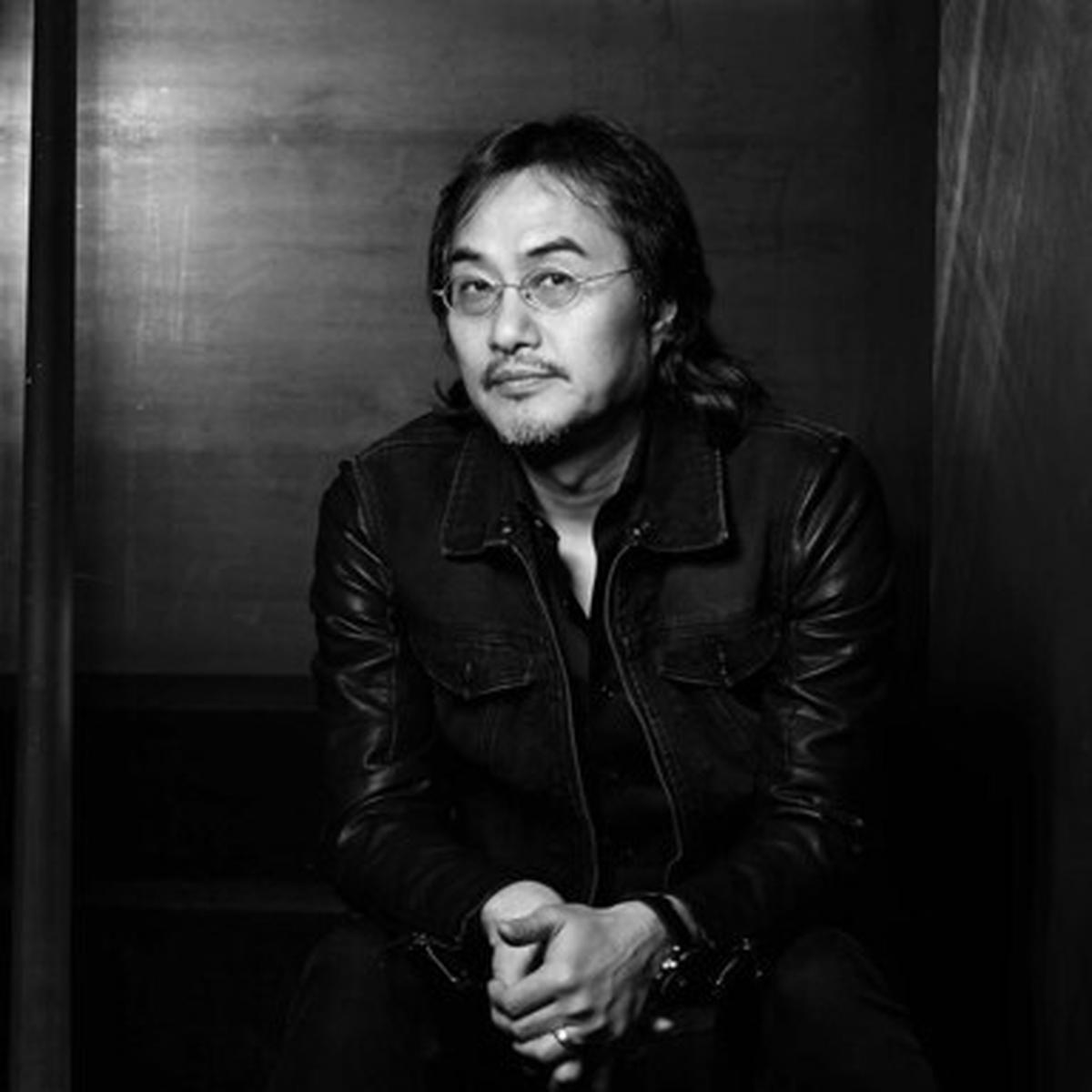[ad_1]
Last year at Cannes Lions, the advertising industry was collectively patting itself on the back. The mood was upbeat, the rosé was flowing, and the AI conversation was comfortably naïve. The consensus was simple: AI can’t feel; humans will remain essential for creativity. It was a soothing lie.
Fast forward to 2025, and the on-ground reality hits like a tidal wave. AI isn’t at the door — it’s in the house. Layoffs are rippling across agencies, in-house teams, and production companies. The ‘co-pilot’ AI promised last year has, in many cases, started flying the plane. The myth that human creativity is untouchable has shattered.
In one of the most important speeches of this year’s Cannes Lions, Apple’s vice president of marketing communications, Tor Myhren, offered the room a reality check. “AI is here. It’s mind-blowing. It’s revolutionary. It will radically disrupt every single industry faster than any technology before it, including ours,” he said. But he wasn’t another doomsayer. Myhren balanced the alarm with a challenge: “The good news is AI isn’t going to kill advertising. The bad news is AI isn’t going to save advertising. We’ve got to save ourselves.”
‘Human touch is our superpower’
The uncomfortable truth is this: AI may not yet write the next ‘Just Do It’, but it can write 10,000 headlines in the time it takes a creative team to agree on lunch. For an industry obsessed with speed, scale, and efficiency, AI isn’t a nice-to-have — it’s a default setting.
If the shift wasn’t clear, the activation tents and kiosks across the Croisette underlined it — AI-first brands such as Writer.AI, Braze, Sprinklr loudly occupied space in the same place as Meta, Spotify and Pinterest. Even legacy holding companies are making their move. Havas, for instance, announced its proprietary AI platform, Converged, earlier this year, designed to integrate AI-driven content creation, media optimisation, and data intelligence into a single system. It is already being piloted with key clients across Europe and North America, positioning the multinational advertising as one of the first major networks to develop a homegrown AI solution.
But amid the anxiety, there are flashes of optimism and pragmatism. Take Thomas Kim’s thought-provoking Cannes session on protecting creativity in the AI age. The chief creative officer at Seoul-based agency Paulus introduced Ark.Works, a blockchain-powered AI tool designed to verify and protect original work. The platform has already onboarded over 500 creators and boutique agencies globally, offering a tangible layer of copyright protection in an environment where attribution often gets lost in the algorithmic churn. It’s an important evolution: the AI conversation is no longer just about what machines can generate — but how human originality can be protected, owned, and commercially valued in a world of infinite replication.

Thomas Kim
Meanwhile, on the ground, AI’s integration into the advertising machine is far more aggressive than most want to openly admit. Entire production departments are shrinking as AI tools automate asset versioning, resizing, and translation. The world’s biggest FMCG brands — Unilever, Nestlé, and Coca-Cola — have all publicly explored generative AI pilots across marketing functions. While exact daily output figures remain guarded, the direction of travel is clear.
In media buying, AI-driven algorithms optimise placements in real-time, shifting budgets within milliseconds based on engagement data. For performance marketers, AI is an invisible colleague making hundreds of micro-decisions faster than human teams ever could. In creative development, campaign concepts start with prompt engineering, visual mood boards emerge from generative image models, and copy drafts are now shaped by machine learning outputs before a human ever polishes the final line.
Democratising yet amplifying sameness
While AI is democratising certain aspects of production — reducing barriers for smaller agencies or resource-strapped teams — it is also amplifying sameness. When thousands of brands feed similar prompts into similar AI tools, the result is an ocean of homogenised, frictionless content — technically competent, emotionally forgettable.
This is where the human edge still matters. Myhren captured it well: “The human touch is our superpower. To build brand love, it’s not enough for marketing to simply make you understand something — it’s got to make you feel something.” And while AI can’t yet originate culture, some of this year’s most celebrated campaigns show how machine intelligence is shaping award-winning technology work.
‘The Amazon Greenventory’ by São Paulo-based Africa Creative DD, for lifestyle brand Natura, used AI to map deforestation patterns and create an interactive, real-time environmental impact tracker — winning a Grand Prix in Sustainable Development Goals. And Dove’s ‘Real Beauty Redefined for the AI Era’ by Ogilvy tackled algorithmic bias, using AI both as a storytelling subject and a tool to champion inclusivity, earning top honours in the Media category.
India’s wins
According to reports, India finished with 32 Lions. FCB India emerged the top winner, with 10 wins, including the Grand Prix, for ‘Lucky Yatra’, a campaign for the Indian Railways.
The agencies and creatives who thrive won’t be those who dismiss AI, nor those who blindly automate — but those who ask better questions. How does this tool make my idea sharper? How do I protect my originality? How do I ensure my work stands apart in a flood of algorithm-generated content?
The Croisette is wide awake now. And the race has begun.
The writer is a Founding Member & Creative of Talented.
Published – June 26, 2025 04:24 pm IST
[ad_2]
Source link

